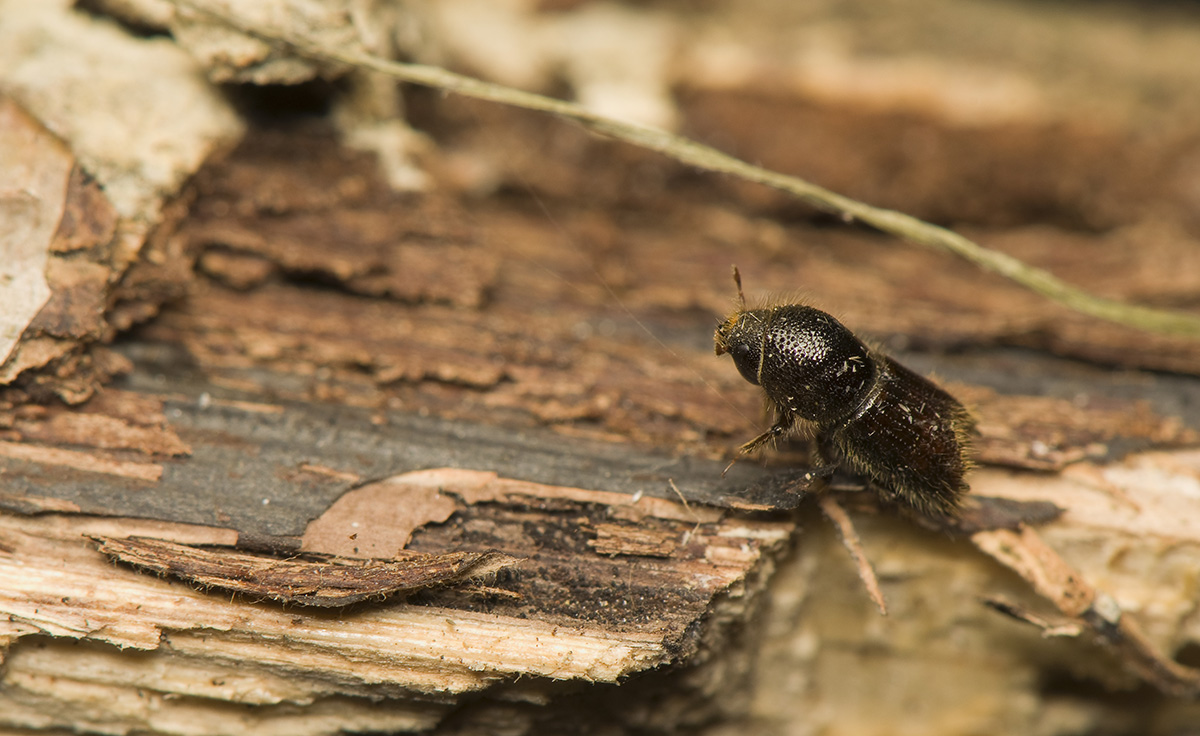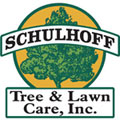IPS Engraver Beetle Services in Golden, CO

Ips Engraver beetle is fatal if a tree becomes attacked. The insect is in the same family as the Mountain Pine Beetle. Bark beetles are attracted to stressed trees. We have noticed this beetle killing both Pines and Spruce throughout the Denver metro area. The majority of the trees we see infected are larger, mature trees. The Blue Stain Fungus is also associated with the decline of IPS infected trees. A recommended prevention program includes spraying your trees two times a year. This has shown excellent success, but like everything in nature, no guarantees. Our program has been designed with the recommendations of CSU and the Forest Service. Please give us a call at (303)-279-1910 to talk with one of our Foresters or Certified Arborists to evaluate your trees and have them put on a program.
How To Tell The Difference Between an Ips Beetle and a Mountain Pine Beetle
- Pitch Tubes – Pitch Tubes are wads of sap produced by an infested tree that are designed to push out the attacking insect and trap it within a sticky mess. The Ips beetle typically does not create pitch tubes whereas the Mountain Pine Beetle will often create pitch tubes.
- Generations Per Year – The Ips Beetle produces two to four generations per year from March to October while the Mountain Pine Beetle only produces one generation per year from mid-July to September
- Hind Wing Cover – Ips Beetles have a prominent cavity that has three to six pairs of spines. The Mountain Pine Beetle has a gradually curved wing.
- Tree Size Attacked – Ips Beetles will typically attack smaller trees whereas the Mountain Pine Beetle will typically attack trees with a diameter of 8 inches or larger.
- Size and Color – Ips Beetles are typically somewhere between 1/8 and 1/4 inches across with a brown to reddish brown color. The Mountain Pine Beetle is typically a bit larger than the Ips with a brown to black color.
